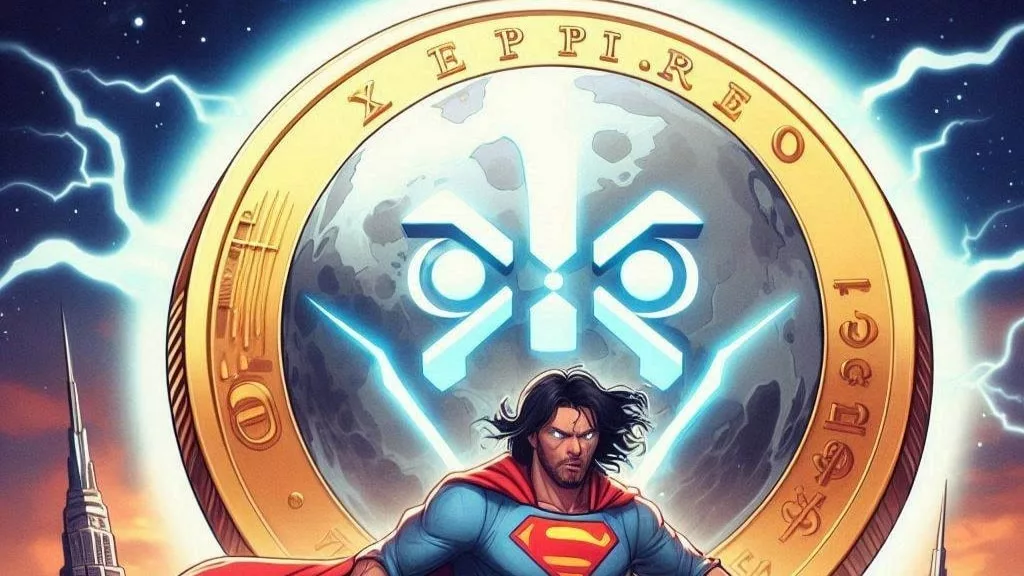
At its core, the Runes token standard represents a significant milestone in the evolution of blockchain technology. Designed to enhance efficiency and scalability on the Bitcoin network, it promises to address longstanding challenges and pave the way for new opportunities. But amidst the fervor and speculation, the pressing question remains: Will Runes live up to the hype?
To comprehend the significance of this development, it’s essential to first understand the context surrounding Bitcoin Halving. This recurring event, programmed into the very fabric of the Bitcoin protocol, serves as a mechanism to control inflation and maintain the integrity of the network. By reducing the rate at which new bitcoins are created, it imposes scarcity and underscores the digital asset’s value proposition. Against this backdrop, the launch of Runes takes on added significance, signaling a concerted effort to optimize the Bitcoin ecosystem for greater efficiency and utility.
The Bitcoin community is abuzz with speculation as Runes steps onto the scene, promising to address some of the longstanding challenges facing the world’s most famous cryptocurrency. From scalability woes to efficiency concerns, Bitcoin has grappled with limitations that have hindered its widespread adoption as a viable payment solution and store of value. However, with Runes entering the fray, there’s newfound hope that these obstacles may finally be overcome.
At its core, Runes represents a novel approach to tokenization within the Bitcoin ecosystem. By introducing a new token standard built on top of the Bitcoin blockchain, Runes aims to unlock greater efficiency and scalability while maintaining the decentralized ethos that has long been synonymous with Bitcoin. This ambitious endeavor has sparked considerable intrigue among industry insiders, with many heralding Runes as a potential game-changer for the entire crypto landscape.
But what sets Runes apart from other token standards? Unlike traditional cryptocurrencies that operate on separate blockchains, Runes leverages the existing infrastructure of Bitcoin, tapping into its robust security and network effects. This integration not only simplifies the token issuance process but also ensures seamless compatibility with existing Bitcoin wallets and infrastructure—a crucial advantage in an increasingly interconnected digital economy.
One of the primary challenges facing Bitcoin has been its scalability limitations. As the network’s popularity has surged, so too have concerns about its ability to handle increasing transaction volumes effectively. Enter Runes, with its promise of improved scalability through innovative tokenization techniques. By leveraging this new standard, developers can create custom tokens on the Bitcoin blockchain, facilitating a diverse array of use cases beyond simple value transfer. This expansion of functionality holds the potential to unlock new avenues for innovation and adoption within the broader cryptocurrency landscape.
Moreover, Runes aims to enhance efficiency within the Bitcoin ecosystem, streamlining processes and reducing friction for users and developers alike. Through optimized transaction formats and enhanced smart contract capabilities, it seeks to maximize the utility of the underlying blockchain infrastructure. This newfound efficiency could prove instrumental in driving mainstream adoption of digital assets, as users increasingly demand seamless and intuitive experiences.
Of course, with innovation comes risk, and the introduction of a new token standard is no exception. Skeptics warn of potential pitfalls, citing concerns ranging from security vulnerabilities to regulatory scrutiny. Indeed, the cryptocurrency space remains a frontier fraught with uncertainty, where the promise of untold riches coexists with the specter of technological setbacks and regulatory crackdowns. As such, proponents of Runes must navigate these challenges with caution, mindful of the delicate balance between innovation and risk mitigation.
Nevertheless, the prevailing sentiment among many within the cryptocurrency community is one of cautious optimism. The convergence of Runes and Bitcoin Halving represents a watershed moment in the ongoing saga of blockchain technology, heralding a new era of possibility and potential. Whether Runes ultimately lives up to the hype remains to be seen, but one thing is clear: the journey towards a more efficient, scalable, and inclusive financial system is well underway.
As the cryptocurrency landscape continues to evolve, one thing is certain: the future belongs to those bold enough to seize it. With Runes poised to unlock Bitcoin’s full potential, the stage is set for a new chapter in the ongoing saga of digital finance. The only question that remains is: who will be brave enough to write it?


Get the latest Crypto & Blockchain News in your inbox.